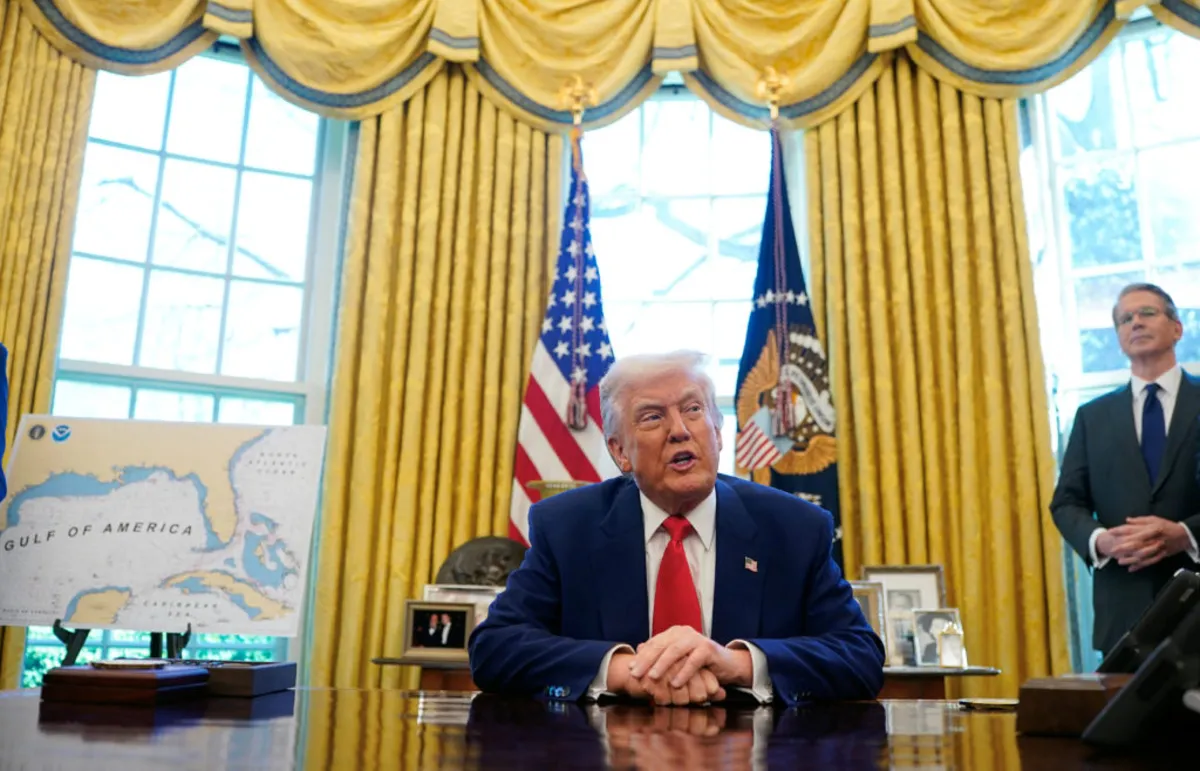
In a surprising turn of events, President Donald Trump announced a significant delay in the implementation of the country-by-country tariffs he had unveiled on April 2. This decision came after two days of the White House firmly denying any considerations for a pause in the tariff plan, which had been causing turmoil in global markets.
During an April 7 Oval Office meeting with Israeli Prime Minister Benjamin Netanyahu, a reporter inquired if Trump would be open to postponing the tariffs to facilitate negotiations. Trump responded firmly, stating, “Well, we’re not looking at that,” emphasizing that many countries were eager to negotiate fair deals, with some expected to pay substantial tariffs.
Just two days later, on April 9, Trump shifted his stance dramatically. In a post on Truth Social, he declared, “I have authorized a 90-day PAUSE, and a substantially lowered Reciprocal Tariff during this period, of 10 percent, also effective immediately.” Notably, he made an exception for China, increasing its tariff rate to a staggering 125 percent.
The PolitiFact organization utilizes a Flip-O-Meter to assess the consistency of politicians on various issues. Their analysis does not judge the morality of changing positions but rather interprets it as either inconsistency or a pragmatic approach to new information.
Tariffs are essentially a tax imposed on imported goods, which businesses ultimately pass on to consumers, resulting in higher prices. The Trump administration had previously argued that increased revenue from tariffs could facilitate cuts in other federal taxes. However, numerous economists have expressed skepticism, suggesting that high tariffs alone are unlikely to generate sufficient revenue for meaningful tax reductions for the average American.
Initially, both Trump and the White House maintained that there would be no pauses on the planned tariffs. On the morning of April 7, National Economic Council Director Kevin Hassett offered a vague response regarding the possibility of a 90-day pause, which was later exaggerated by various media outlets, leading to confusion and a subsequent correction from CNBC.
During the same period, Trump shared a clip from Fox News host Maria Bartiromo, who asserted that “President Trump is not going to bend.” The White House’s official stance remained that reports of a pause were “fake news,” as Press Secretary Karoline Leavitt reiterated that Trump expected the tariffs to be enforced without delay.
The U.S. stock market faced considerable volatility following the announcement of Trump's tariffs, leading to notable losses. However, Trump’s announcement of a tariff pause on April 9 came shortly after 1 p.m. ET, stating that over 75 countries were in touch with federal officials seeking negotiations, with China being the only exception.
In a later interaction with reporters, Trump explained his change of heart, saying, “I thought that people were jumping a little bit out of line, they were getting yippy.” He also remarked on the fluctuations in financial markets, noting, “Look how much it changed today.” Despite a 9.5 percent surge in the S&P 500 on April 9, the index had still dropped nearly 11 percent from its peak on February 19, erasing gains made since early September 2024.
When pressed about his rapid policy shift from no pause to a 90-day delay, Trump remarked on the necessity of flexibility, likening his approach to navigating obstacles. He stated, “You have to have flexibility...sometimes you have to be able to go under the wall, around the wall, or over the wall.” He attributed his decision to discussions with Treasury Secretary Scott Bessent and Commerce Secretary Howard Lutnick, suggesting that the final decision came together “fairly early” on the morning of his announcement.
In summary, President Trump’s abrupt shift from denying a pause in tariffs to implementing a 90-day delay marks a significant change in his trade policy. Initially, he dismissed the idea of any delays, but with increasing pressure from global markets and negotiations with various countries, he opted for a pause, demonstrating a clear change in position. This development has led to discussions about the implications for both domestic consumers and international trade relations.
PolitiFact has classified Trump’s rapid policy change as a “Full Flop,” reflecting the complete turnaround in his stance. This analysis serves as a reminder of the dynamic nature of political decision-making and its potential impacts on the economy.